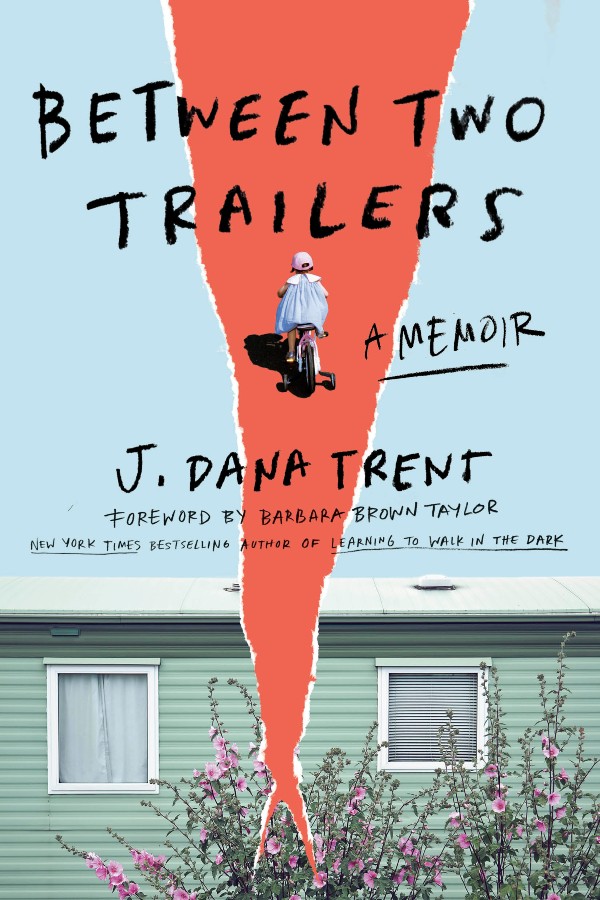What do you do when you’re halfway between your tent and the shower house at Girl Scout camp, and the batteries in your flashlight die? According to Valerie Isenhower, executive director at Water in the Desert Ministries, first you panic and then you remember that you’ve walked that path hundreds of times before. Pull yourself together, let your eyes acclimate to the darkness, then move very slowly and carefully back to your tent.
Isenhower’s camp experience is a paradigm for her daily walk.
At camp she learned the importance of familiarity, moving slowly and letting her eyes adjust to the available light. For the same reasons, Isenhower practices a slow daily reading of scripture. “Your word is a lamp to my feet and a light to my path.” Faced with dark moments, it is easier for her to recall God’s words, having lingered carefully over them each day.
In the busy-ness of our institutional and personal lives, it is difficult to live into the words “go slowly,” yet that call seems to be coming back in many areas of our culture.
While we are still surrounded mostly by the mandate to do more work faster, even corporate culture is embracing the Slow Food Movement and the importance of yoga and mindfulness. Whether or not you pursue local beef or practice shavasana, what our high-speed culture can’t ignore is the fact that we learn things more thoroughly and better when we take it slow, even if for a little while.
Moving slowly allows us important time to dream, to make crucial connections, to preserve insight and to cultivate our imaginations.
Imagine immersing yourself in one thing: Preparing for piano recitals as a kid, my exacting teacher made me memorize my piece backwards, measure by measure -- “backwards stops,” she called it.
It took hours of thought and practice, but I knew that if I panicked in the middle of a recital, I could start again at literally any measure of my piece. As adults, do we learn anything so thoroughly? How might it benefit our work if we stopped to practice slowly one project or task? Could we then apply the lessons learned from that one immersion to other areas of our work?
My one attempt at tai chi ended in failure, as I grew too impatient with the instructor. While we balanced on one foot, arms outstretched in a bird-like posture, the teacher went around and corrected patiently each of 25 students, before we all could advance to the next position.
As I hunched over my wobbling leg, my muscles shook with fatigue and my brain with frustration at my wasted class fee. But the instructor knew that the art was not about the outcome, but more about slowing it down enough to see all the details, all the possibilities, and how we could make it better. Muscle looseness, breathing, posture, head position -- all were required to complete the whole.
A wise friend who works in the area of adult learning told me that more people should work part-time, in order to leave room to make the connections so important to healthy institutions and excellent work.
Barring that possibility, practice a long, slow walk at lunch…











